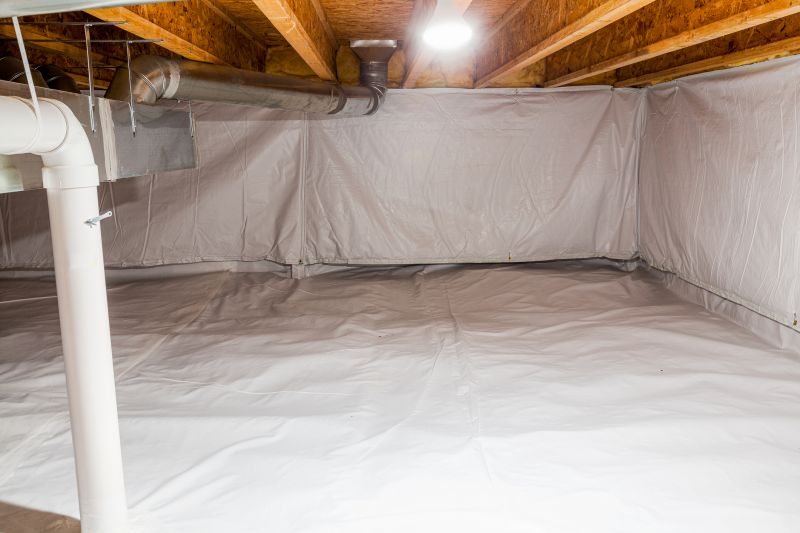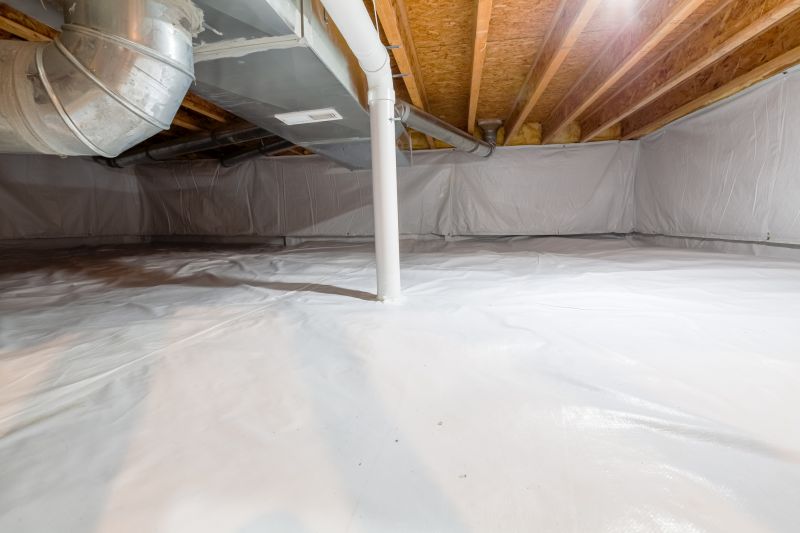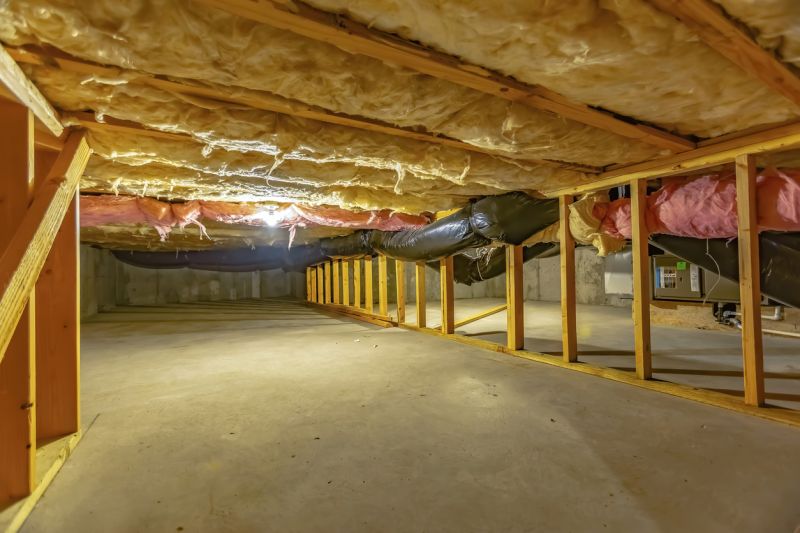Crawlspace Encapsulation to Boost Home Comfort
Crawlspace encapsulation is a vital process that involves sealing and insulating the crawlspace area to prevent moisture intrusion, improve air quality, and enhance energy efficiency. Proper encapsulation can significantly reduce the risk of mold growth, wood rot, and pest infestations, which are common issues in unsealed crawlspaces.
Encapsulation prevents moisture buildup that can lead to mold growth and structural damage, protecting the home's foundation.
Sealing the crawlspace reduces energy loss, lowering heating and cooling costs.
Encapsulation minimizes airborne mold spores and allergens, contributing to healthier indoor environments.
A sealed crawlspace deters pests such as rodents and insects from entering the home.

A fully sealed and insulated crawlspace providing a clean, dry environment.

Installation of a vapor barrier to prevent moisture transfer and mold growth.

Proper insulation to improve energy efficiency and temperature control.

A clean, accessible space that enhances overall home comfort.
Statistics show that unsealed crawlspaces can contribute to up to 15% of a home's energy loss and are a common source of indoor air quality issues. Failure to encapsulate can lead to mold growth, which impacts health and can cause costly repairs. Encapsulation offers a proactive solution to these problems, creating a healthier and more energy-efficient home environment.
| Benefits of Crawlspace Encapsulation | Risks of Not Encapsulating |
|---|---|
| Reduces moisture and mold growth | Increased likelihood of mold and mildew |
| Improves indoor air quality | Higher risk of pest infestations |
| Lowers energy costs | Greater energy loss through unsealed areas |
| Prevents wood rot and structural damage | Potential foundation issues |
| Enhances home value | Decreased home value due to damage |
| Provides a cleaner, healthier space | Unhealthy living environment |

